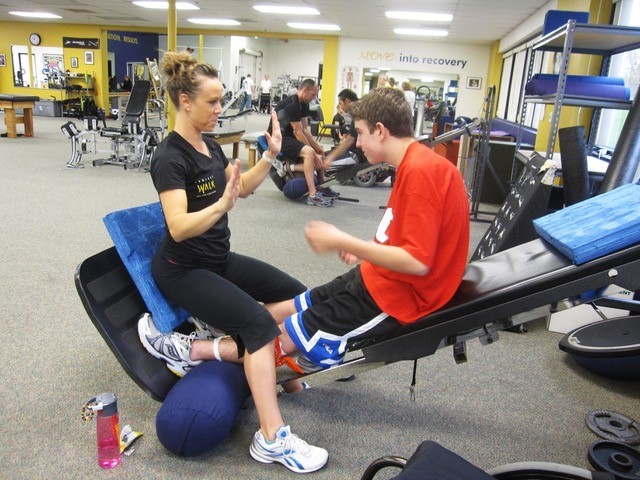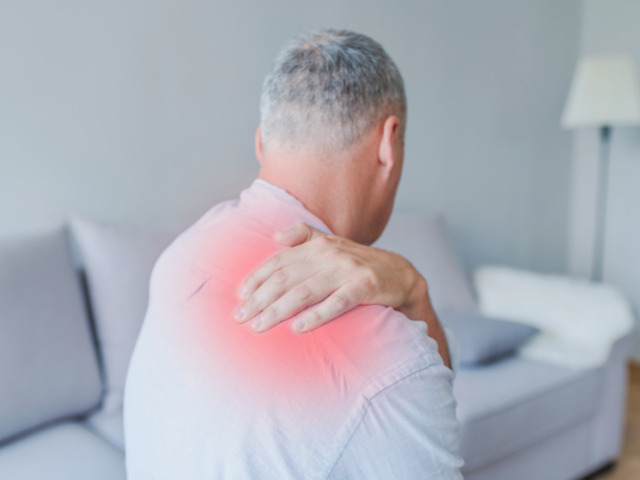The lumbar nerve roots emerge from the back and also at this point they are vulnerable to impingement from a disc prolapse, triggering swelling and/or compression of the nerve and also the signs and symptoms of sciatica. Sciatic leg discomfort is not typical, impacting 3 to 5% of grownups as well as both sexes just as.
Guys are more likely to get it in their 40s and females in their 50s, with discomfort signs and symptoms lasting over six weeks in approximately a quarter of cases. Physio therapists are consistently asked to oversee the management of sciatica.
When the intervertebral disc material prolapses it creates injury by two systems: straight mechanical compression of the nerve and also chemical irritability. The disc product should not be outside the disc as well as its hazardous chemicals aid swelling both of the nerve and also its surrounding frameworks, leading to obstruction of the flow and also of the nerve’s normal message conduction. While the prolapse is in charge of the sciatica it has not been shown that the larger the prolapse the a lot more severe the person’s discomfort.
The terrific pressures which we impose on the low back indicate the lumbar intervertebral discs experience structural changes and prolapses. Lots of activities include a considerable degree of take advantage of, such as flexing over, carrying out motions in an upright setting as well as lifting with the arms far from the body.
This greatly multiplies the forces on the discs as well as because of their fluid technicians they endure 3-5 times the loads on the skeletal system. This can create the disc wall surfaces to degenerate, giving weak locations and also predisposing to prolapse at time.

The start of lumbosacral radiculopathy is usually abrupt with low neck and back pain as well as any kind of neck and back pain may disappear at the start of the leg pain. Worsening factors are sneezing, coughing and also sitting with resting or standing up typical relieving elements.
Sciatic discomfort commonly happens in the buttock, back or side of the leg and calf and also right into the foot. If the disc prolapse is higher (prolapses at disc levels L1 to L3 are 5% of the total) the discomfort may be in the front of the upper leg no further than the knee. An individual might have a separated area of discomfort as well as still have a prolapse. Go to https://balancecore.sg for more information on physiotherapy.
The physiotherapist will take the patient’s history with specific attention to “red flags” which are signs of a severe medical factor for the back pain and also the patient will not be appropriate for physio. Weight reduction, high temperature, evening sweats, age (under 20 or over 55), issues with bladder as well as bowel control, serious previous medical history and also night pain will certainly be noted.
Any unpredictability implies recommendation to a doctor for investigation. The physio will certainly note any postural irregularities as well as the nature, placement and activity response of the pain symptoms.
A client with back radiculopathy may display uncommon posture, occasionally curved ahead as well as incapable to bend in reverse, with a discriminatory trunk shift. Physiotherapists check the capacity to perform spine motions, any type of pattern of constraint or propensity for the pain to centralise on duplicated movements. Physios will certainly examine the reflexes, perceptiveness and also muscular tissue power to carry out the neurological evaluation. This and the straight leg raising test permit the physio to examine which of the spinal nerves is likely to be the perpetrator.
Discogenic discomfort might alter with duplicated movements, spreading out more in the direction of the leg or in towards the back, the last being called centralisation. Physiotherapists use this sensation to detect and also treat disc related neck and back pain and analyze the joints of the lower limb as thigh as well as knee pain can be referred from an osteoarthritic hip joint. A complete background and also exam both eliminates patients who require medical referral for investigation and also permit the physio to form a therapy technique.





